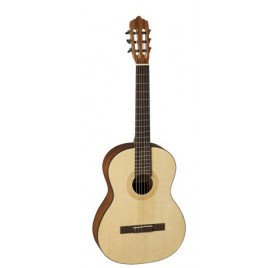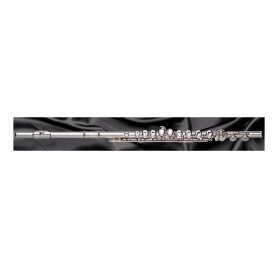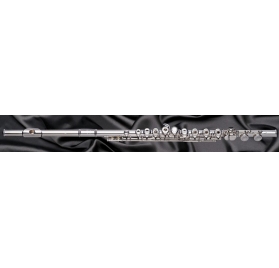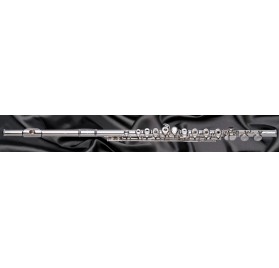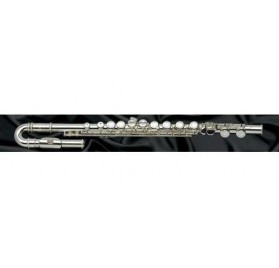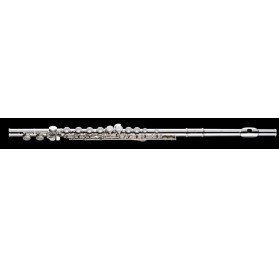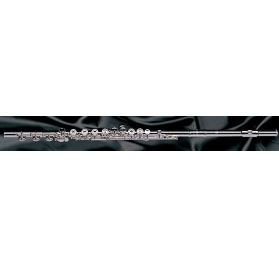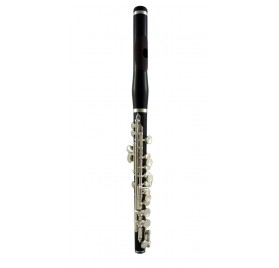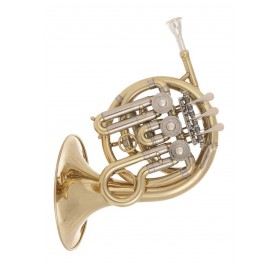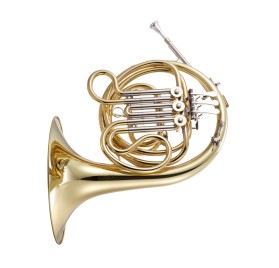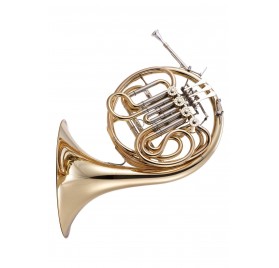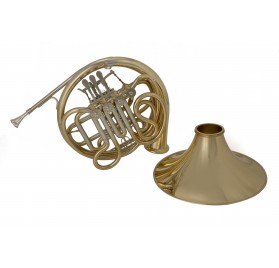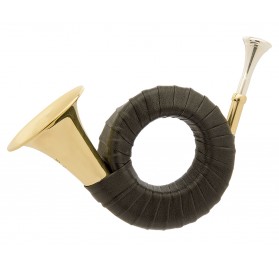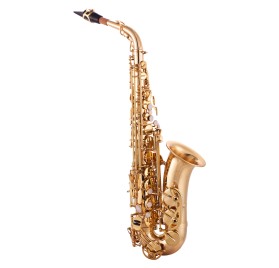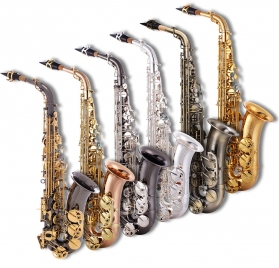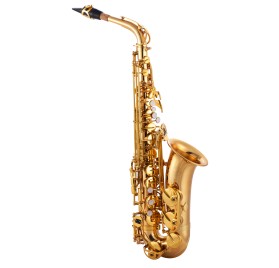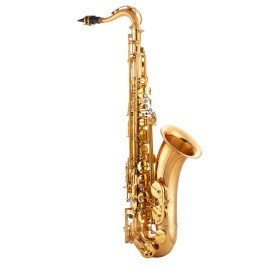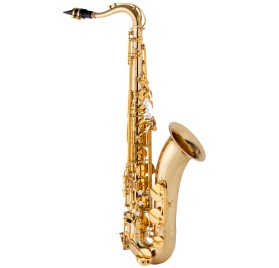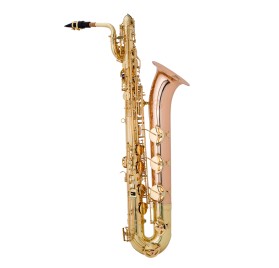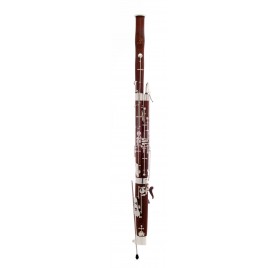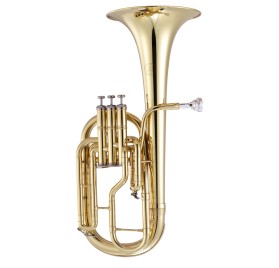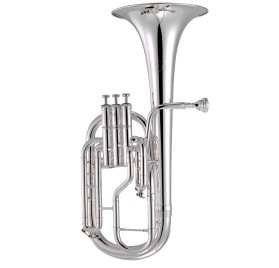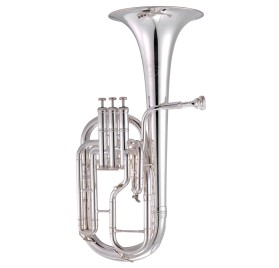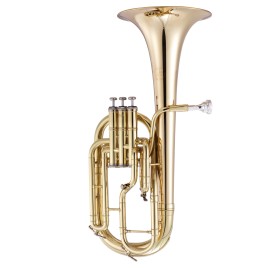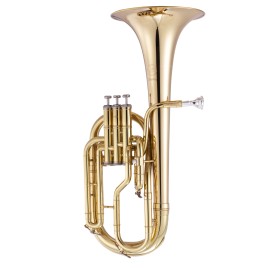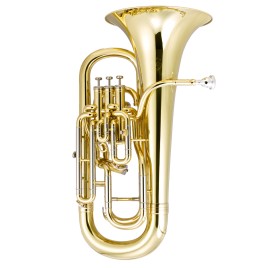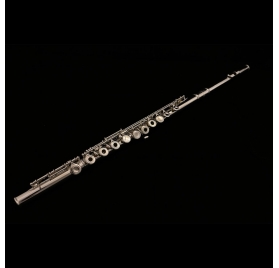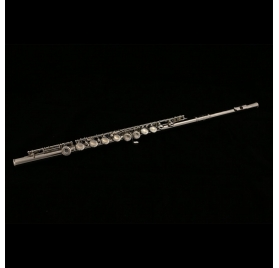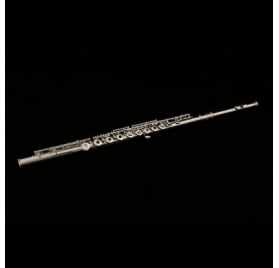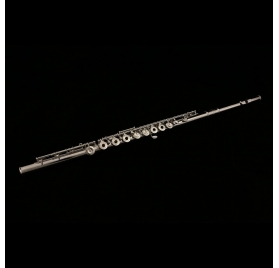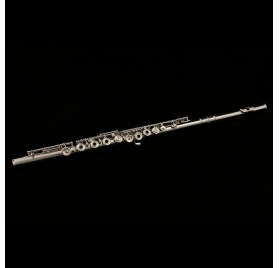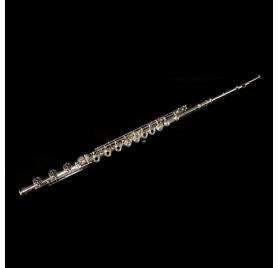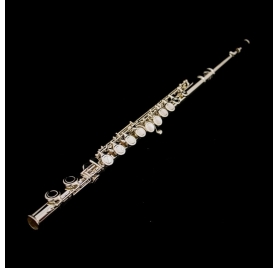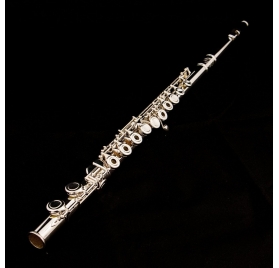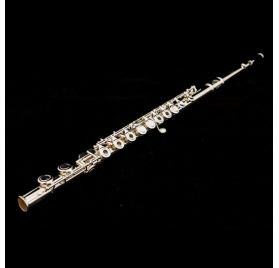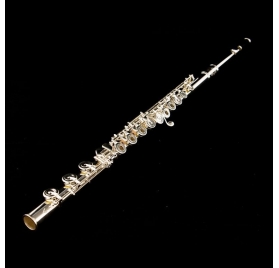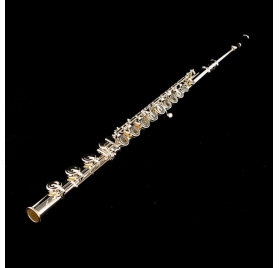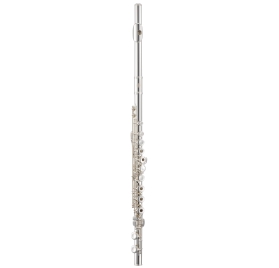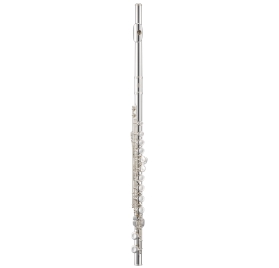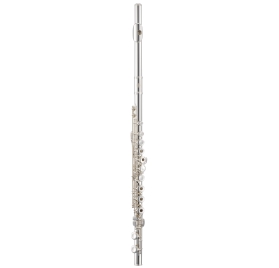No products
Product successfully added to your shopping cart
There is 1 item in your cart.
Flute There are 184 products.

A fuvola aerofon hangszer, az ajaksípos hangszerek közé tartozik. Hangképzés szempontjából a legegyszerűbb hangszerek egyike, valódi fúvókája nincs is, a hangszert a játékos ajkai által a fejrészen lévő befúvónyílásra irányított levegőáram szólaltatja meg. A fuvola csöve játék közben a fúvás irányára merőlegesen, oldalsó helyzetben áll, ezért ha...
A fuvola aerofon hangszer, az ajaksípos hangszerek közé tartozik. Hangképzés szempontjából a legegyszerűbb hangszerek egyike, valódi fúvókája nincs is, a hangszert a játékos ajkai által a fejrészen lévő befúvónyílásra irányított levegőáram szólaltatja meg. A fuvola csöve játék közben a fúvás irányára merőlegesen, oldalsó helyzetben áll, ezért harántfuvolának is nevezik. A különböző hangmagasságokat hanglyukakkal, billentyűzet segítségével lehet rajta képezni. A fuvolát fúvástechnikája, zenekarbeli szerepe alapján a fafúvós hangszerek közé sorolják annak ellenére, hogy napjainkban már leggyakrabban fémből készül. A legmozgékonyabb hangú fúvós hangszer.
Subcategories
Azumi flute
Beautiful Sound
The open, room-filling tone of an AZUMI flute impresses from the outset with its brilliant, clear, strong heights, sustaining mid-tones and sonorous depths.
Rapid achievement
The AZUMI Z series is particularly popular with flute students due to their easy and responsive articulation and simple focus of tone. Rapid achievements are possible on these flutes, allowing for the important elements of fun and motivation to shine through. The flutes are also highly recommended when a strong presence of tone is required.
Richness of tone
Advanced flute players with high demands for both tone production and design features will discover outstanding models in the AZUMI S series, supporting and extending their play in all genres and situations, allowing for successful playing in orchestras, chamber music groups, wind ensembles and also as a soloist.
Japanese tradition
Shuichi Tanaka is one of the most extraordinary flute makers ever to have emerged from the Japanese flute construction tradition. After completing his studies with Japanese teacher Toshio Takahashi, and as an already gifted musician, Tanaka had developed a keen interest in the properties and technical aspects of his instrument.
The art of flute building
At the age of 20, he embarked on the study of the art of flute making. He was particularly fascinated by and interested in the construction of the headjoint. He relished the opportunity to research in fine detail the factors that influence tone production which can change with every step, every file stroke and with every new combination of material during the manufacturing process.
Apprentice years
After spending five years working at Muramatsu, the company with which he completed his training, and then taking on a management role at Miyazawa and Takumi, Mr. Tanaka finally realized his dream in 1981. He drew upon his diverse experiences gathered during his years as both a flute player and flute maker to channel his passion into the design and construction of his own flute.
The ALTUS skala
On his ambitious musical journey Tanaka encountered the London-based flute player William Bennett. Their shared interests in music, culture and flute making developed into a friendship and close collaboration. This partnership led to the development of the ALTUS and AZUMI scales, an integral part of these extraordinary instruments.
Experience the fascinating tone of an AZUMI with a handmade ALTUS headjoint
The headjoint design is one of the most important elements for the characteristic of a flute´s tone. The significance of the headjoint inspired the founder of AZUMI flutes - Shuichi Tanaka to produce a handmade headjoint combined with a flute body that is affordable, yet of a high production quality.
His vision was to make this exceptional combination of handmade design and affordability available to both beginners and advanced flute players.
With this vision the AZUMI flute series was born – to satisfy the different demands of the beginner and the advanced musician. Experience the uniqueness of the AZUMI flutes.
The handmade headjoints, produced by ALTUS for AZUMI, are the result of a lifetime of passionate and devoted work carried out with utmost care and attention, with each headjoint manufactured by hand to Tanaka's exacting specifications. Each fine detail is perfected until the headjoint and body form a unique tonal unity.




